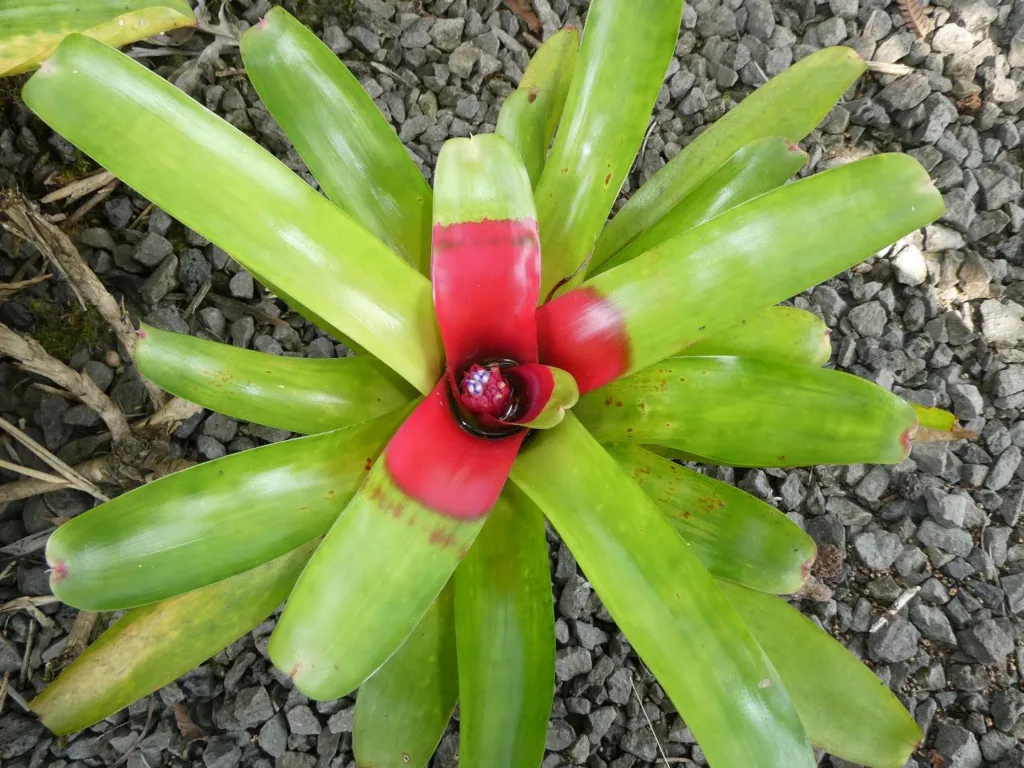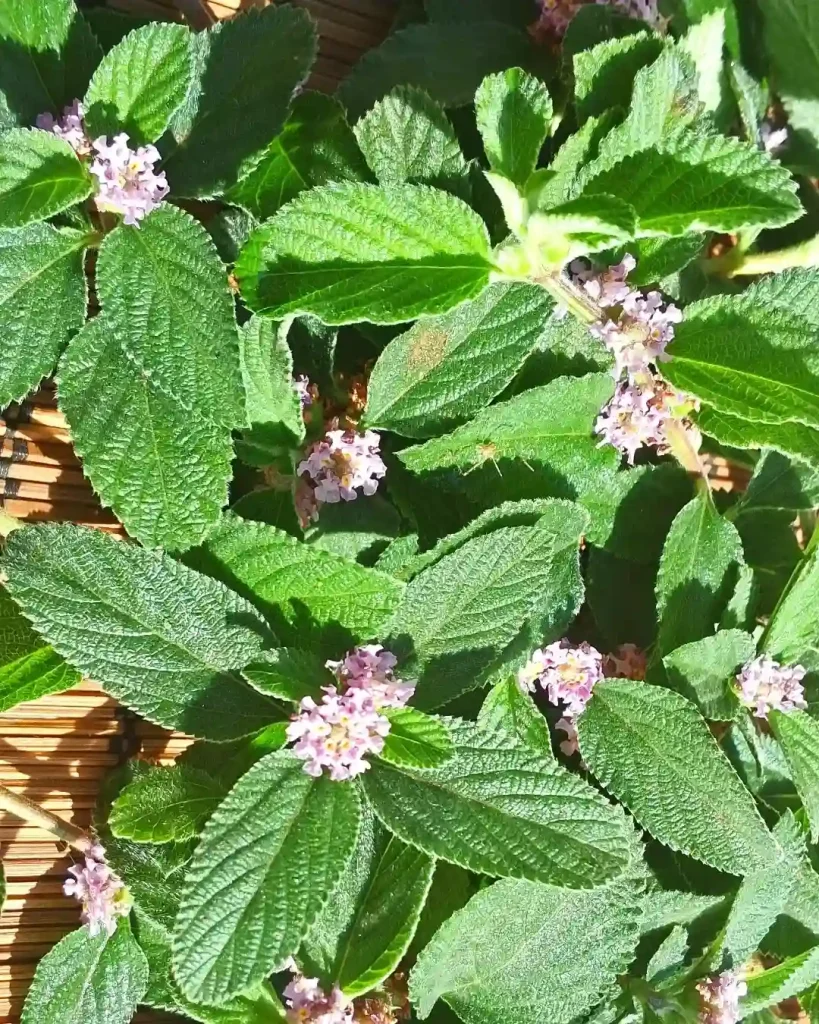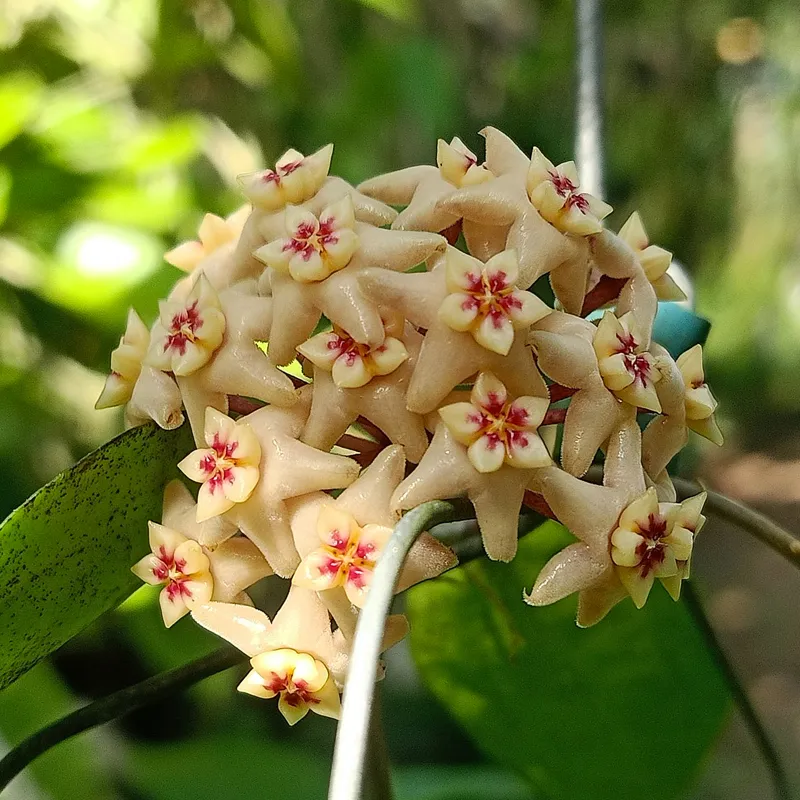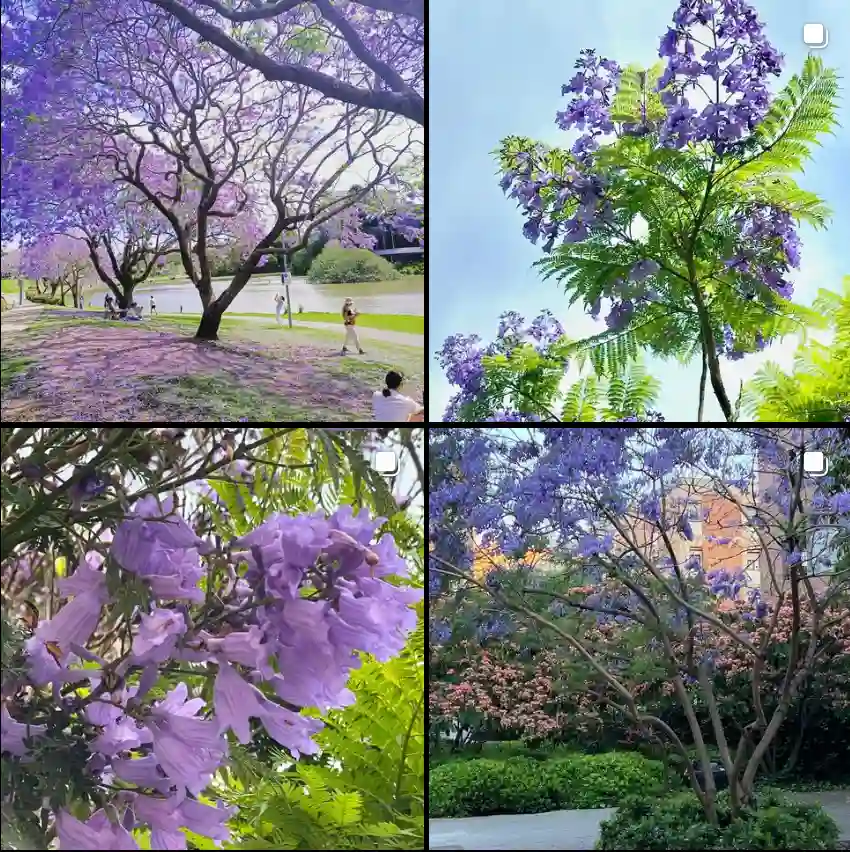Exploring the Unique Flagellariaceae Family
The plant world is full of fascinating families, and one that has caught my attention recently is the Flagellariaceae. Although it might not be as well-known as some of the larger families, it’s a unique and captivating group, containing just one genus: Flagellaria. Let me walk you through what makes this plant family so intriguing, especially if you’re into tropical plants like I am.
Overview of Flagellariaceae
The Flagellariaceae family is a small but distinctive group of flowering plants found mostly in tropical and subtropical regions. It’s mainly known for its ability to thrive in wet, humid environments, which immediately grabbed my interest as someone who enjoys exploring more niche and less common plant families. What stands out about this family is its simplicity—only one genus makes up the entire group, yet it has a significant ecological role in the ecosystems it inhabits.
The Genus Flagellaria
The genus Flagellaria is the sole representative of this plant family. Flagellaria plants are typically found in tropical and subtropical regions, with their native range spanning from Asia to Australia. They tend to prefer marshy, coastal environments and can even be spotted in rainforests and mangroves, which speaks to their adaptability.
What really fascinates me about the Flagellaria genus is the fact that it produces climbing plants with a liana-like growth habit. The plants have elongated, slender stems that help them wind around other plants or structures to reach sunlight, much like vines. The climbing nature of Flagellaria plants is something that makes them visually interesting in a garden or natural setting. I’ve always found climbing plants to bring a dynamic aesthetic to any environment they’re in, and Flagellaria definitely adds that dimension.
Unique Traits of Flagellaria
Flagellaria plants are not only beautiful but also versatile. They produce small, inconspicuous flowers, but the plant’s leaf blades and tendrils are the real showstoppers. The leaves are typically long and strap-like, and they have a distinctive whip-like tip that helps them twine around other objects. This feature is a prime example of how evolution has shaped the plants in this family to survive in competitive environments.
As someone who loves both ornamental and functional plants, I appreciate the Flagellaria genus for more than its looks. These plants have been used traditionally in some cultures for weaving, given their strong, fibrous stems. This utilitarian aspect adds to their appeal and highlights how humans have utilized plants in more than just decorative ways for centuries.
Flagellaria Indica: The Noteworthy Species
Of the species in the Flagellaria genus, Flagellaria indica is probably the most well-known, at least to me. This species is often referred to as “supplejack” because of its flexible, vine-like stems. Flagellaria indica is widely distributed throughout tropical Asia, Australia, and even islands in the Pacific.
I was drawn to Flagellaria indica because of its ability to thrive in such a variety of settings, from wet coastal areas to drier, more open forest environments. The plant is robust and can handle some tough conditions, which is always a bonus when you’re looking for hardy species to incorporate into landscapes. What’s more, the plant has a certain natural elegance, making it a perfect fit for anyone who wants a tropical vibe with minimal maintenance.
Ecological Importance
The ecological role of Flagellariaceae can’t be overstated. In their native habitats, Flagellaria species are vital to the structural integrity of many ecosystems. As climbing plants, they form part of the dense understory in tropical forests, providing habitat and support for other species. This makes them critical to the overall health of these ecosystems, which are some of the most biodiverse regions on the planet.
If you’re like me and care deeply about the environment, you’ll appreciate how important this genus is for the biodiversity of tropical regions. Supporting such plants in botanical gardens or personal collections indirectly helps preserve the ecosystems they come from.
Growing Flagellaria in Cultivation
Now, let’s get to the exciting part—growing Flagellaria. If you’re considering adding this genus to your plant collection, it’s worth knowing that Flagellaria is relatively easy to grow if you can replicate its natural tropical environment.
The plant thrives in moist, well-draining soil and appreciates a fair amount of sunlight. While Flagellaria plants can handle some shade, they really shine (literally and figuratively) when given access to dappled or filtered light. In terms of water, these plants love moisture, so regular watering is key, but be careful to avoid waterlogging.
For those of us living outside tropical climates, growing Flagellaria indoors in a greenhouse or conservatory is also an option. I’ve found that maintaining high humidity levels and consistent warmth is the trick to keeping this plant happy. It’s one of those species that rewards you with lush, green growth when it’s given the right conditions.
Conclusion: Why Flagellaria Deserves More Attention
In my opinion, the Flagellariaceae family—and specifically the Flagellaria genus—deserves a lot more attention from plant enthusiasts. Not only does it bring a unique aesthetic with its climbing, vine-like growth habit, but it also has a rich ecological history. Whether you’re a gardener looking to diversify your plant collection or an environmentalist wanting to preserve tropical ecosystems, Flagellaria is a great genus to explore.
If you’re willing to give this tropical beauty a chance, I think you’ll find that it’s both a rewarding and fascinating plant to grow. For me, the Flagellariaceae family has been an eye-opening discovery, and I’m excited to see how it continues to thrive in my own collection.
If i die, water my plants!



